Remember 1996? Paul Keating was Prime Minister, we woke up early for Cheez TV, and Alanis Morissette was blowing up the charts with a fundamental misunderstanding of the word ironic. Simpler times, really.
Many actually thought that the future was looking pretty bright from the vantage point of 1996. The economy was doing well, the internet was going mainstream, and everything from smartphones to hybrid vehicles were still just over the horizon. Technologically speaking, there was a lot to look forward to.
The July-August 1996 issue of The Futurist magazine featured an article by Stephen Millett and William Kopp from the research firm Battelle that looked at the big innovations of ten years hence — that far off world of 2006.
How’d they do? As with all predictions for the products of tomorrow, they’re open to interpretation. But if we’re generous about some of the definitions (for example, interpreting “personalised computers” as smartphones), many of them really weren’t half-bad.
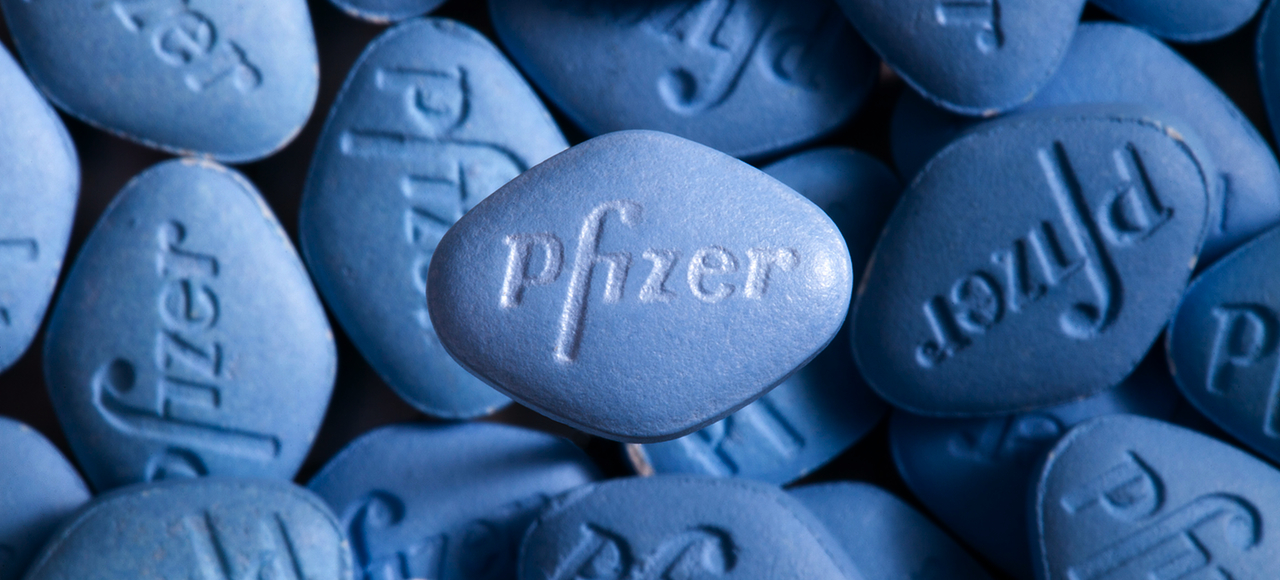
1. Genetaceuticals
The article predicts that new treatments for various diseases will open up thanks to genetic testing. Many home-genetic testing companies may be in hot water with the FDA at the moment, but we certainly seem to be still heading in this direction — even if this vision didn’t arrive by 2006.
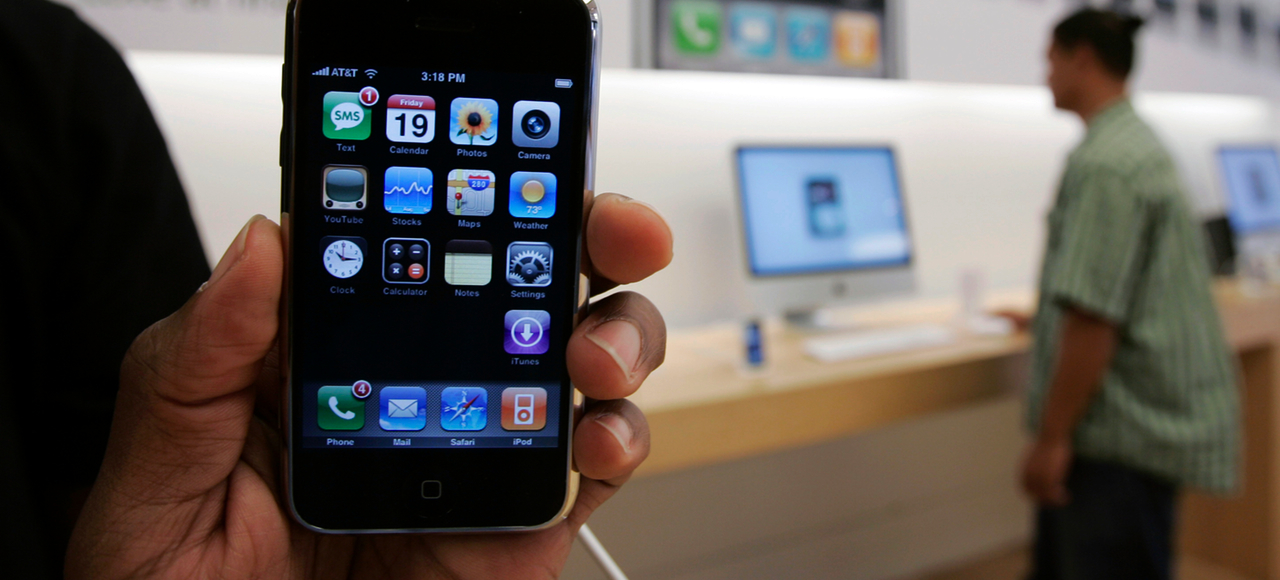
Eventually, these genetic-based pharmaceuticals will become a part of nearly everyone’s life. In fact, it could be possible within 10 years — and certainly within 20 — for you to carry around a smart card containing your complete genetic makeup. You would bring it with you when visiting your doctor, and the doctor would use it to prescribe medications or other treatments to meet your own specific needs. This is one example of the overarching trend of technology becoming more personalised in the decade ahead.
2. Personalised computers
The smartphone was still quite a ways off in 1996. But the “personalised computer” these researchers describe sounds an awful lot like the smartphones that would become mainstream by the late 2000s.
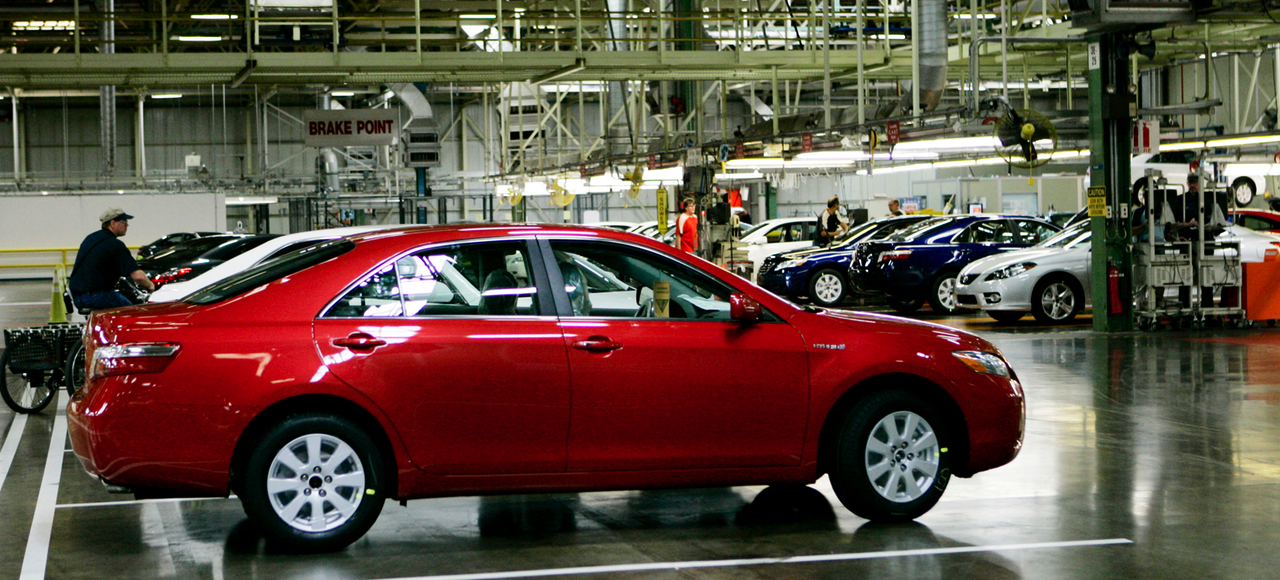
The personal computer now sitting on your desk at home and in your office will be replaced by a very powerful, “personalised” computer. The personalised computer will be as mobile and versatile as its user, sending and receiving wireless data and accessing information from remote sites. It will recognise your voice, follow voice commands, and include a variety of security and service tools to fit the computer for its individual owner as snugly as the glass slipper for Cinderella.
3. Multi-fuel automobiles
Hybrid car technology has been around for over a century, but it wouldn’t become mainstream in the U.S. until the early 2000s.
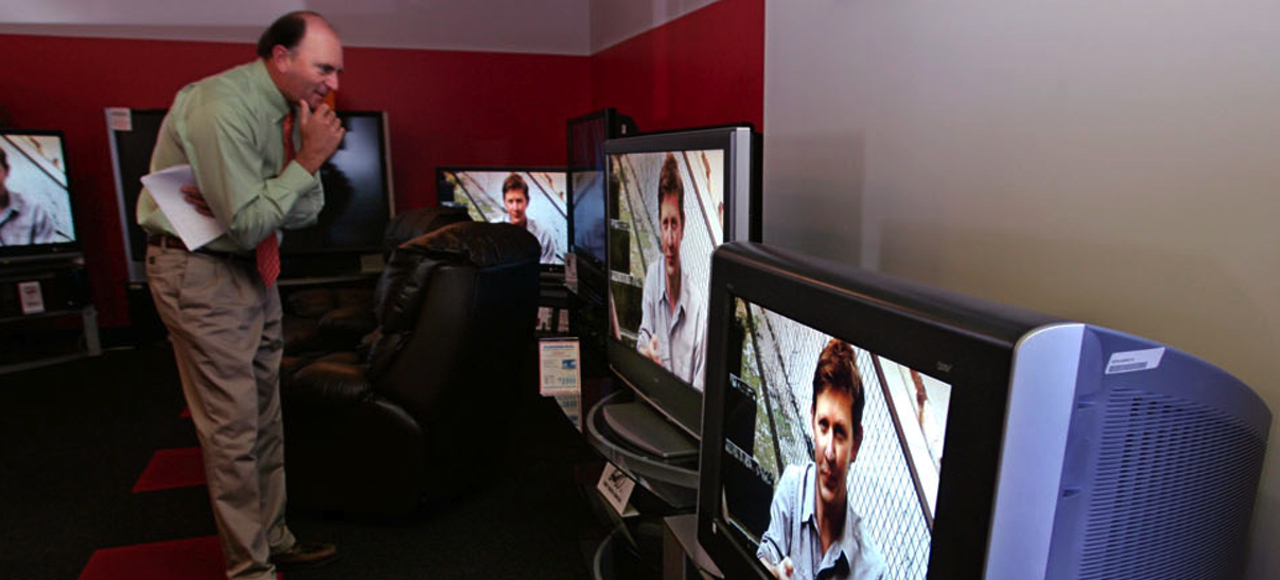
In 10 years, the car in your driveway could be running on two or more separate fuels. To obtain maximum efficiency and meet stringent environmental standards, vehicles will use combinations of various fuels such as reformulated gasoline, electricity, and compressed natural gas. Again illustrating the trend toward personalised technology, these multi-fuel vehicles could feature an onboard computer that will conduct on-going analyses of travel conditions to calculate fuel mixtures for maximum fuel efficiency and performance.
4. Next-generation television
In the mid-1990s the American military was still struggling to develop high-definition TV screens that could meet their needs.

This television will be much more than just an entertainment device. It will also be a computer monitor capable of networking with other computers as an interactive, videoconferencing device. As a result, we’ll see the further expansion of the home office. A growing number of people — especially those who opt to open their own business — will work part or all of their hours at home. This trend has already begun, but new technology will really push it along.
5. Electronic cash
Various versions of the smart card have been in use for decades all over the world, but the U.S. still lags way behind many other countries in this area. Here in the year 2014 I still use an old-fashioned key to get into my apartment — a fact that would shock many futurists of the 1990s.
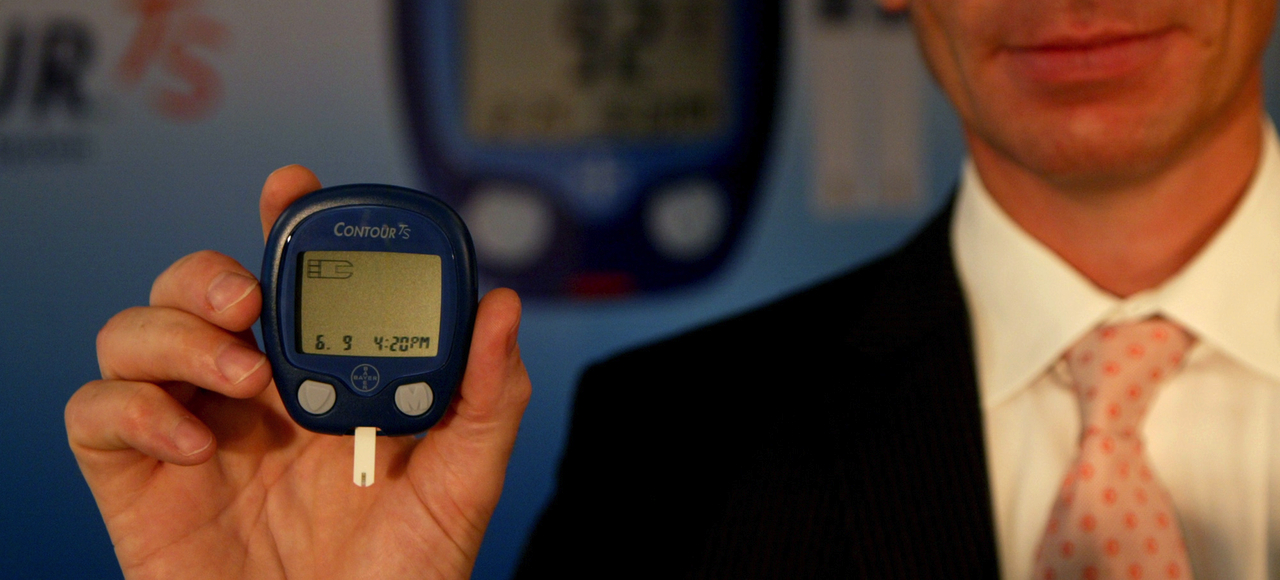
We’ll be using electronic money for everything from buying soda in a vending machine to making international transactions over the computer. Pockets will rarely jingle in 10 years as credit-card-sized smart cards begin to replace cash, as well as keys.
A look at the companies pursuing this technology gives a good indication of its potential. Already, Microsoft, Xerox, Visa, and several other major corporations and finan- cial institutions have entered the race to develop electronic money. At Battelle, we have developed a system that could soon be used at colleges that would allow students to pay their tuition, sign up for classes, download textbooks, do their laundry, and order a pizza, all with one smart card. That card, of course, would be directly linked to their parents’ bank account.
6. Home health monitors
Home health monitors for things like blood sugar have come a long way since 1996. But the kinds of comprehensive tests and devices that were imagined as being standard by the early 21st century are still far from mainstream.
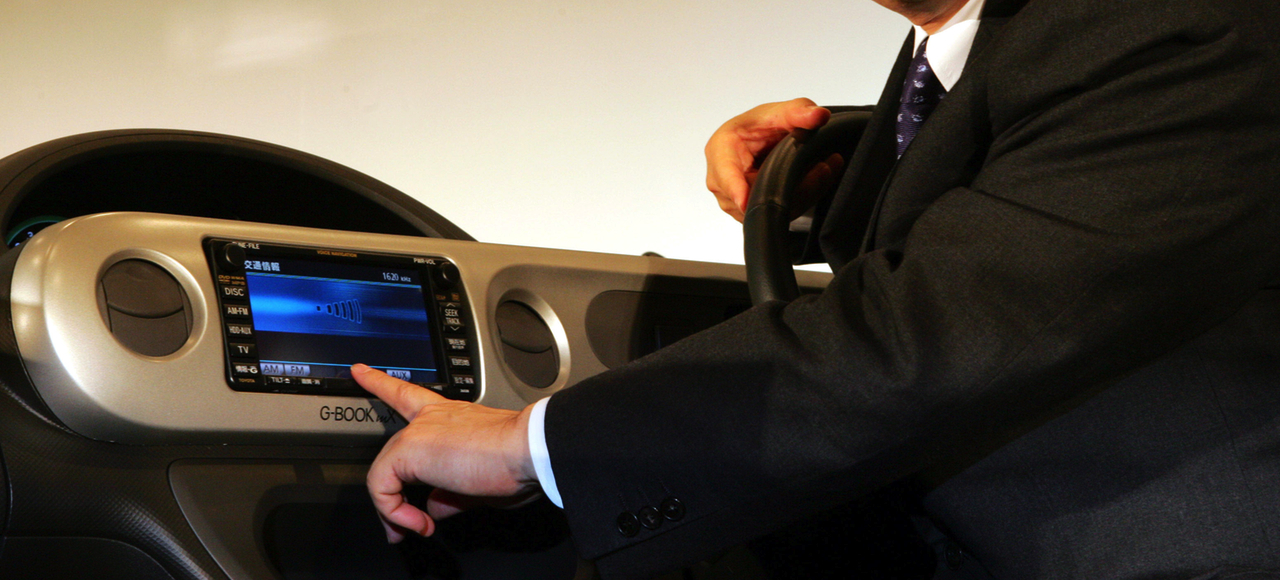
By simply analysing your urine or breath, for instance, you’ll be able to track a host of physical functions (e.g., liver, ovulation, as well as levels of cholesterol, triglycerides, sugar, hormones, water, salt, and potassium). Monitoring your total health will become as simple as keeping track of your weight.
Eventually, these monitors will also recommend exercise programs, meals, and lifestyle changes specifically designed for each individual user. In fact, they will perform many of the jobs currently done by your family doctor — at much less cost.
7. Smart maps and tracking devices
For kids of the early 21st century who’ve grown up taking GPS technology in phones and cars for granted, it’s really hard to imagine a world without it. Grandpa, tell me again about “paper maps.”

“Getting there” will be decidedly easier with the widespread use of global positioning systems (GPS) — smart maps and compasses that collect information from satellites to give travellers, pleasure boaters, and hikers geographical position and direction. They will be able to track down your exact location on a street map and give you directions to the nearest Chinese restaurant.
8. Smart materials
We’re still quite a ways from “
New construction materials will give off warnings when they detect excessive stress. Following an earthquake, for instance, materials in bridges or office buildings could change colour before conditions become unsafe. Or they could send a signal to a central operator, who could then send a return signal for the materials to respond to the stress. Automobile parts could give a similar warning when approaching the point of breakdown.
Americans are still waiting on that magic diet pill without major side effects, but this 1996 article definitely got the genetically modified foods prediction right. The Flavr Savr tomato had only been on the market for two years when they made this prediction.
These new developments may include weight-control drugs that use the body’s natural weight-control mechanisms, wrinkle creams that actually work, foods with enhanced nutrients, and an effective cure for baldness. Many of these products will come directly from genetic research, ranging from treatments for genetically based hair and weight problems to new, nutritionally enhanced fruits and vegetables altered through genetic engineering.
The “sharing economy” is one of the buzziest terms in Silicon Valley at the moment. But the way it’s used now isn’t quite what the people of the mid-90s had in mind. It’s hard to imagine anyone today pitching the Uber of laptops, which is a bit more in line with the old visions of resource sharing and leasing.
This trend will be spurred by environmental concerns and regulations that will expand recycling, by the lower cost of leasing, and by the increasing speed of technological developments, which causes products to become obsolete more quickly. For example, people are quickly going to tire of having computers that become obsolete be- fore they’re even paid off. If you bought a computer system eight years ago for $US3,000, you’d be lucky to get $US50 for it today. That’s a clear formula for leasing.
Images: Engineers with Continental Cablevision of New England, unveil the first residential high-speed Internet access service in that area in 1996 via the Associated Press; Viagra pills in 2013 via the Associated Press; iPhone at the Apple Store in Palo Alto in 2007 via the Associated Press; Toyota Camry Hybrid autos are lined up in the company’s manufacturing in 2006, in Kentucky via the Associated Press; A man looks at a CRT television in 2006 via the Associated Press; Sony Senior Manager Shusaku Maruko displays My Sony card in Tokyo in 2003 via the Associated Press; Bayer Contour TS Blood Glucose Monitor at its launch in Mumbai, India, in 2007 via the Associated Press; Toyota Executive Vice President Akio Toyoda points G-Book mX screen as he announces Toyota’s new services in Tokyo 2007 via the Associated Press; Construction workers install glass panels on the new European Council building in Brussels 2014 via the Associated Press; Joanne Katsigiannis, 24, applies a facial moisturizing cream in 2005 via Associated Press; A worker sorts electronic equipment for recycling at a factory for recycling electronics and electrical equipment in Mumbai, India, in 2008 via the Associated Press9. Weight-control, anti-ageing products and GM food
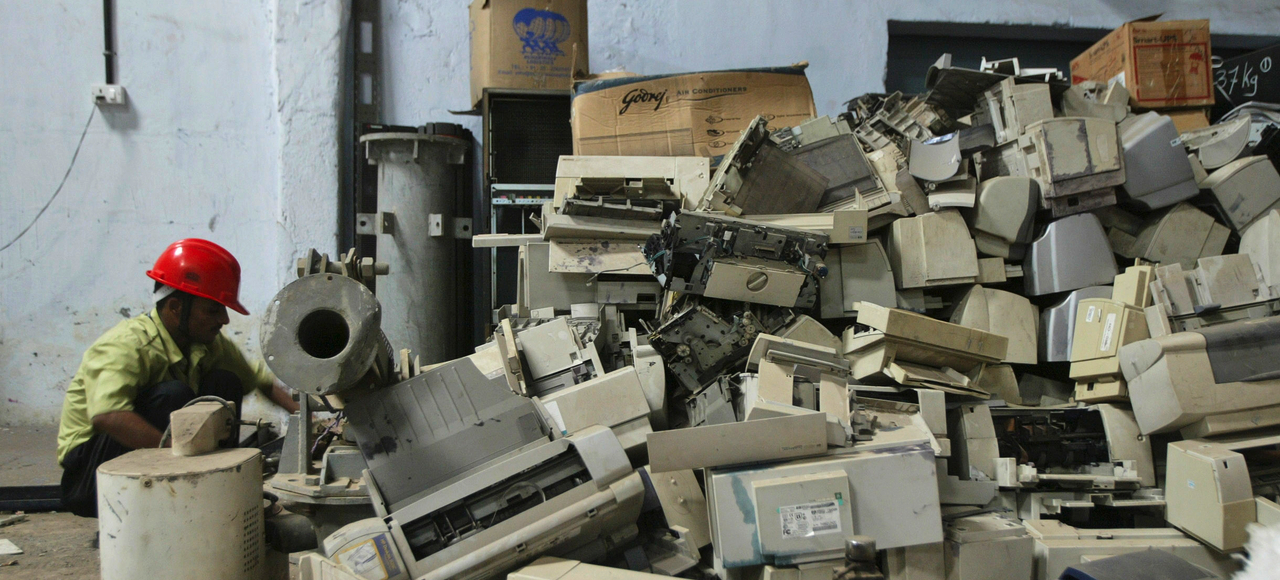
10. Never-owned products
